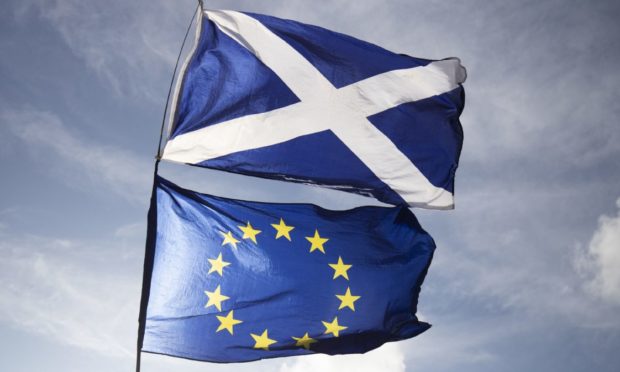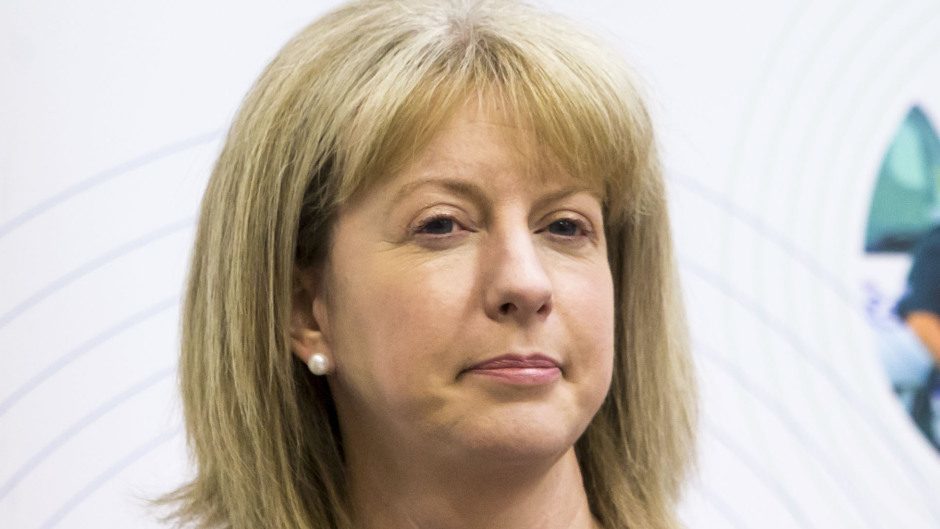A study of the Brexit damage being felt across the country suggests it is already the equivalent of thousands of pounds per head in Tayside and Fife.
Experts at Warwick University calculate the Scottish economy has lost more than £3.94 billion as a result of leaving the EU, with warnings it could get higher once the coronavirus shutdown has been taken into consideration.
SNP MSP Shona Robison said the figures were “horrific” and that Brexit was being driven by Tory ideology.
The researchers worked out Scotland as a whole had lost £736 per head of population compared to what they would have had should the UK have chosen to remain.
Worst hit is Aberdeen, where the economic loss has been estimated at more than £9,000 per person.
In Angus, an estimated £2,603 has been wiped per person — a reduction in more than 15% of the area’s GDP.
People in Fife stand to lose £1,953 each, while Dundee it is £677 less, with the city’s economy reportedly £100 million worse off.
Almost £495 million has been estimated to have been wiped from Perth and Kinross’ economy, the equivalent of each resident losing £3,269.
On average, 41.3% of residents in Perth and Kinross, Angus, Fife and Dundee voted to leave the EU in 2016. This was higher than the Scottish average, which stood at 38%.
“Eye-watering”
Shona Robison, SNP MSP for Dundee East, said: “These figures are horrific. Scotland did not vote for this catastrophe but its effects are being visited on us to the tune of more than £700 for every man, woman and child.
“The breakdowns for Dundee and our neighbours in Angus, Perthshire and Fife are simply eye-watering.
“These figures represent real people affected by real hardship. Brexit is doing damage that is deeply concerning — and that’s before the effects of Covid on the economy kick in.
“These financial harms are avoidable but the Tories are driven by ideology and not reality. It’s why the people of Scotland must have the opportunity to decide our future in a second referendum.”
Based on “assumptions”
The Conservatives have disputed the university’s figures.
North East Scottish Conservative Bill Bowman MSP said: “The academics acknowledge they have made assumptions about a set of circumstances which never happened.
“Meanwhile, SNP failures on the economy, education, health and justice are concrete and quantifiable.
“Even in the middle of a pandemic, the SNP only look for opportunities to fan the flames of grievance. The vote to leave the EU in 2016 was UK-wide. The nationalists should be running a government, instead of overwrought grandstanding.”

